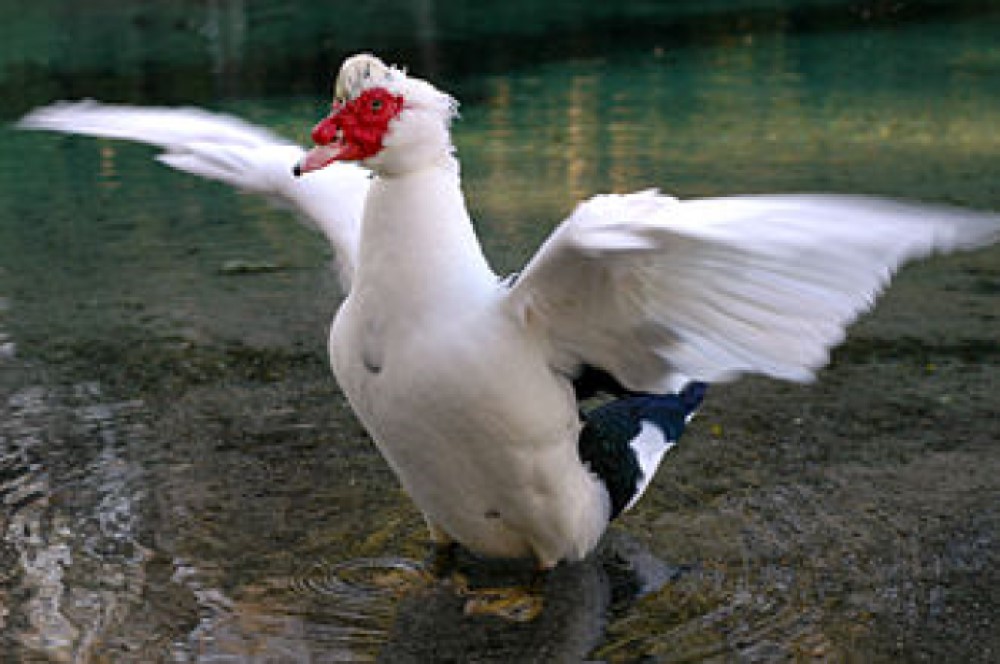
First Case of Highly pathogenic avian influenza H5N9 Reported in California
On Jan. 27, 2024, the World Organisation for Animal Health (WOAH) reported that highly pathogenic avian influenza (HPAI) H5N9, Eurasian lineage goose/Guangdong clade 2.3.4.4b and HPAI H5N1 clade 2.3.4.4b were confirmed in a commercial duck premises in Merced County, CA.
This is the first confirmed case of HPAI H5N9 in poultry in the United States. The U.S. Ddepartment of Agriculture’s (USDA) Animal and Plant Health Inspection Service (APHIS), in conjunction with State Animal Health and Wildlife Officials, were conducting comprehensive epidemiological investigations and enhanced surveillance in response to the HPAI related events.
The Minor101 genotype is essentially the D1.1 virus with the H5 clade 2.3.4.4b HA gene, but with a North American low pathogenicity virus containing a North American (AM) N9 neuraminidase (NA) gene instead of the AM N1 gene of genotype D1.1. Ducks, both domestic and wild, are natural reservoirs for influenza A virus, and reassortment is not unexpected where more than one influenza A virus is circulating.
Tags:
Source: World Organisation for Animal Health
Credit:
